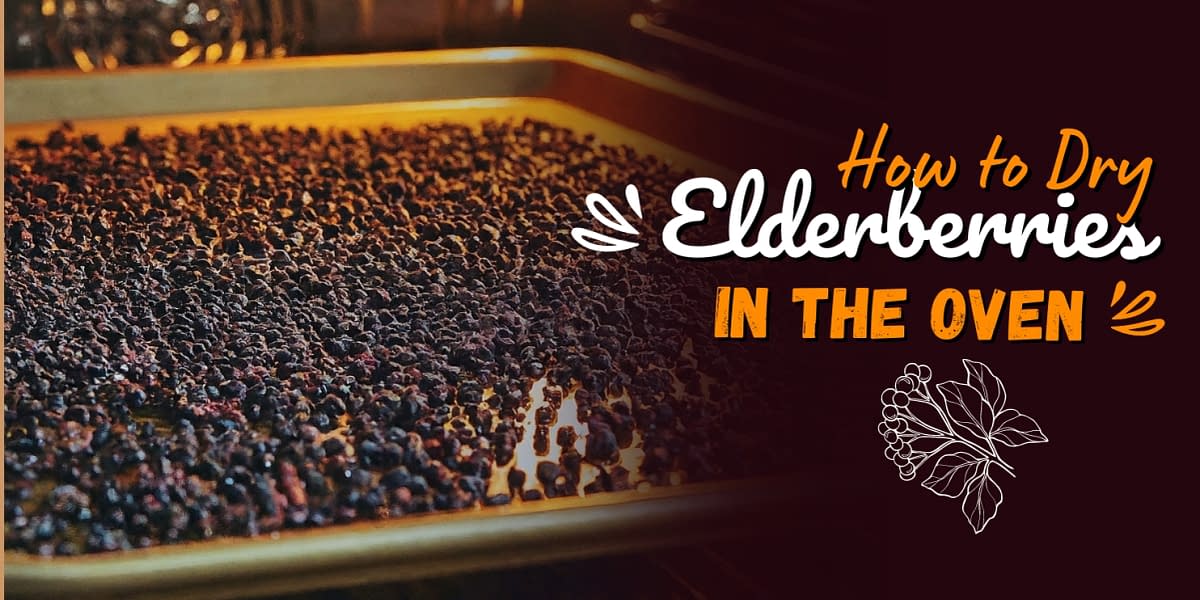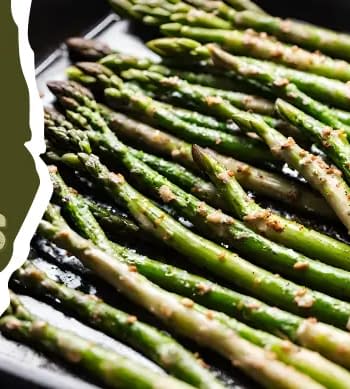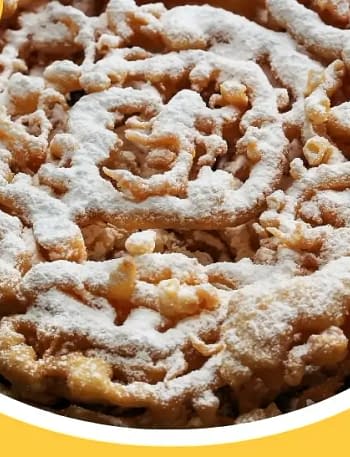Elderberries are little purple berries that have been used for centuries as a natural remedy. They’re packed with good stuff for your health. If you’re into herbs or just want to try something new, learning to dry elderberries at home is pretty cool. It’s not as hard as you might think, and it opens up a bunch of possibilities for using them.
When you dry elderberries in the oven, your kitchen gets this amazing smell. The berries slowly dry out, which makes their flavor stronger and keeps all the healthy bits intact. Once you’ve got them dried, you can use them in all sorts of things – teas, syrups, baked goods.
In this guide, we’ll go through the whole process of drying elderberries in your oven. It’s simpler than you might expect, and it’s a great way to have these nutritious berries on hand all year round.
Benefits of Drying Elderberries at Home

When you do it at home, you know exactly what’s going into the process. No weird preservatives or chemicals – just pure, natural berries. The drying process actually makes the flavor more intense, which is great for cooking and making remedies.
But the real kicker is all the health benefits. Elderberries are like nature’s little health bombs. They’re full of antioxidants and vitamins that are great for your immune system. Some people say they help with digestion and can even reduce inflammation in the body.
By drying them at home, you’re preserving all that goodness in a form that’s easy to store and use whenever you need it. It’s pretty handy, especially during cold and flu season.
Selecting Elderberries

When you’re picking out elderberries to dry, you have to look for the good ones.
Go for berries that are deep purple or black – that means they’re ripe and at their best. Avoid any that feel mushy or super soft. Those won’t dry well and could mess up your whole batch.
If you can, try to get organic elderberries. That way, you know they’re free from pesticides and other nasty stuff. You could even forage for your own. Just be absolutely sure you’ve got the right berries – no guessing when it comes to wild plants.
Preparing Elderberries

Before you start drying, you’ve got to prep your berries. It’s not the most exciting part, but it’s important:
First, give those berries a good wash. You want to get rid of any dirt or bugs that might be hanging out. Then comes the tedious part – removing all the stems. It might take a while, but it’s worth it. The stems can make the berries taste bitter.
Drying Process

Spread your clean elderberries out on a baking sheet. Use parchment paper to make it easier later. Make sure they’re in a single layer so they dry evenly.
Set your oven to its lowest temperature. We’re talking around 150°F to 200°F. The goal is to dry the berries slowly, not cook them. Pop the tray in the oven and let the magic happen.
Monitoring Progress

Drying elderberries isn’t a set-it-and-forget-it kind of thing. You have to keep an eye on them:
Check on your berries every hour or so. Give them a stir to make sure they’re drying evenly. As they dry, you’ll notice them shrinking a bit and getting darker.
The whole process usually takes anywhere from 2 to 4 hours, but it can vary. To test if they’re done, take out a few berries and let them cool. They should feel dry to the touch but still have a little give – not rock hard.
Storing Dried Elderberries

Once your elderberries are all dried out, you need to store them right to keep them good:
Let the berries cool down completely first. Then, put them in an airtight container. Glass jars work great for this. The key is keeping moisture out – we didn’t spend all that time drying them just to let them get damp again.
Find a cool, dark place to store your dried elderberries. A pantry or cupboard away from sunlight is perfect. If you store them right, they can last up to a year.
Conclusion
You’ve now got your own stash of dried elderberries. It’s pretty satisfying; These dried berries are super versatile. You can use them in teas, add them to baked goods, or make your own elderberry syrup.
Not only have you created a tasty ingredient, but you’ve also got a natural health booster on hand. Now you can prepared for cold and flu whenever the season comes around. Give it a try and see how it goes. It might take a bit of time, but it’s not complicated, and the results are totally worth it.
FAQ
Do I need to wash the elderberries before drying them in the oven?
Yes, make sure to wash and thoroughly dry the elderberries before placing them in the oven.
Can I use a regular baking sheet to dry elderberries in the oven?
Yes, a regular baking sheet lined with parchment paper works well for drying elderberries.
Should I leave the oven door slightly open when drying elderberries?
It is recommended to leave the oven door slightly ajar to allow moisture to escape during the drying process.
How do I know when the elderberries are fully dried in the oven?
The elderberries should be shrivelled and completely dry to the touch when they are done.





